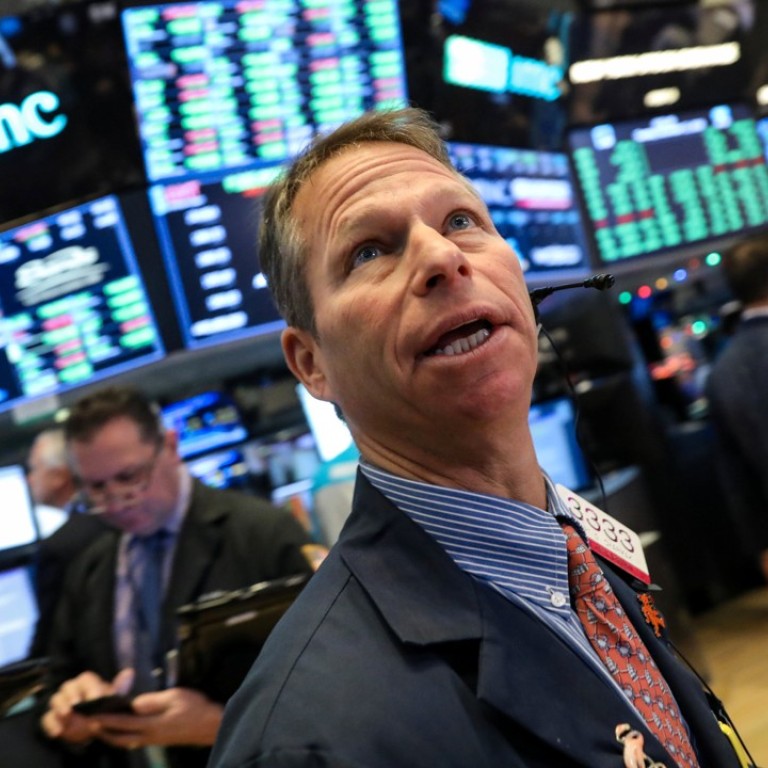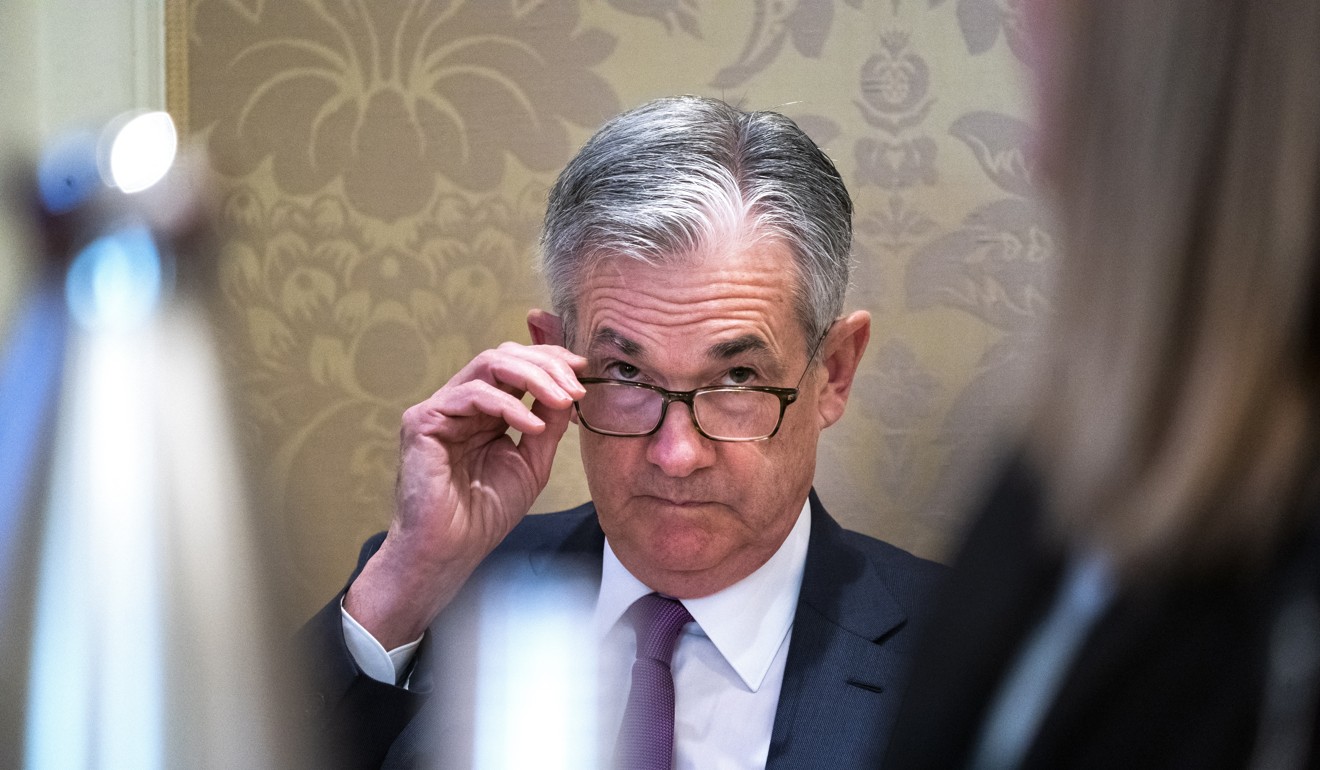
Signs point to a US recession, but when? The answer is, probably not any time soon
- Hannah Anderson says that an inverted yield curve means the US should brace for a recession in the medium term, but investors should beware of jumping ship too soon
This happened in part because new information about what we can reasonably expect for the US economy in the short and medium term moved bond prices, shifting the curve. However, shifting investor expectations about the future also affected the curve, resulting in cross-asset market movements.
An economy accelerating in the early part of the business cycle typically offers better returns from risk assets like equities. In the later stages of a cycle, when investors are more worried about the near-term outlook, investors typically want to hold more “safe” assets like bonds.
As prices for those safe assets rise, yields go down (prices and yields move inversely). Differing expectations for two years out versus 10 years ahead mean the yields on two- and 10-year-dated US Treasuries can move in different directions. When markets are more optimistic about the near term than the medium or long term, sometimes the yield on longer-dated bonds moves lower than the yield on short-dated bonds. Hence the phenomenon of yield curve inversion.
Inversion historically indicates a US recession is coming. Last week, the curve between two-year/five-year and three-year/five-year US Treasury yields inverted. However, the quality of the shape of the yield curve as a recession indicator differs along the curve itself.
The Fed is right that we are in the later stages of a business cycle and that US growth is likely to slow next year. The Fed is also right in its belief that the US is not on the brink of recession and that policy is in fact not even back to neutral after years of extraordinarily low rates, much less actually tight.

That said, markets are also correct in their presumption (as increasingly manifested in the volatility) that a recession is more likely than not in the medium term. Inversion in the middle part of the US Treasury curve, like we saw this week, confirms this view, but doesn’t offer much materially useful information on the timing of the next recession.
Some market watchers may dub the inversion in the middle part of the curve as a definitive sign we are on the road to a recession, but the length of that road is still undetermined. While it would be foolish to dismiss the predictive power of inversion along the whole yield curve, treating it as a foolproof oracle is probably misguided.
Hannah Anderson is a global market strategist at J.P. Morgan Asset Management

